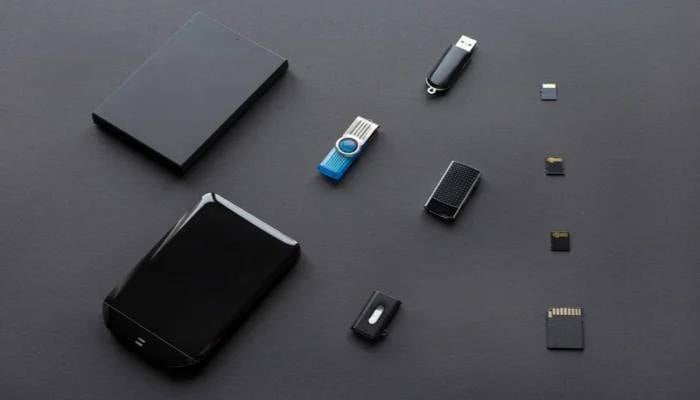
The level of advancement in smartphone tech the world has attained seems to be a peak point, but that, too, is going to be manifold as the Joint Electron Device Engineering Council (JEDEC) has officially finalised the UFS 5.0 storage standard.
UFS 5.0 storage standard marks a jaw-dropping leap in flash storage technology for smartphones, AI systems, and edge computing devices.
The new standard offers double the sequential performance, achieving a bandwidth of 10.8 GB/s, up from the 5.8 GB/s limit of UFS 4.0 and 4.1. JEDEC stated that this substantial hike in speed will facilitate faster data transfers, quicker app loading times, and overall better performance for devices handling large-scale AI and machine learning tasks.
Beyond speed, UFS 5.0 also brings a few notable architectural improvements to the table. These include a link equalisation feature, which ensures stable signal transmission, and a dedicated power rail that minimises noise interference between the physical and memory layers.
Furthermore, inline hashing has also been added as a built-in security measure to protect user data from corruption or tampering.
One of the biggest perks of UFS 5.0 is its backward compatibility with hardware designed for UFS 4.x, allowing manufacturers to adopt the new technology without major redesigns.
While JEDEC has completed the technical specifications, a concrete release timeline is not in sight yet. Regardless, manufacturers are soon expected to begin producing UFS 5.0, and the first smartphones and devices compatible with UFS 5.0 are likely to be released later in 2025.
















